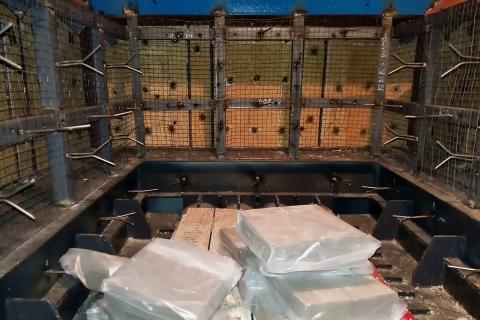In the period from February 27 to March 15, 2017, the company's specialists laid the monolithic refractory lining of the furnace of the Wellons boiler. As a refractory lining, the plastic high-aluminate high-refractory material WELL-PLAST P85 was used. This material is a domestic analogue of leading European manufacturers, which was developed by our company together with specialists from the scientific and technical laboratory of BKO JSC. This is the first experience of using plastic refractory in industrial volumes in a boiler plant. The furnace of our boiler was completely lined with VELL-PLAST plastic stuffing mass without the use of formwork, concrete mixers, mixers and other necessary tools necessary for laying concrete with a hydraulic bond.
Today, after a long time, it can be confidently stated that this material meets all the declared characteristics of work both in terms of the convenience of working with it (does not require highly qualified specialists, formwork, mixers, concrete mixers), and in operating temperatures (up to 1650 ° C), and also saves a huge amount of time both when arranging a new lining, and when carrying out restoration repairs. Universal refractory of the working layer used in high-temperature thermal units of various industries - in cement, in metallurgy, in the power system.
REFRACTORY WORKS.
The design of the combustion chamber of the Wellons boiler provides for the installation of a metal frame made of metal corners that are fitted with a mesh to prevent material from “falling over” when installing the walls of the furnace beyond its borders. The installation of anchor products necessary to ensure the strength of the structure as a whole is being carried out.
After the preparatory work, the laying of the refractory plastic mass begins. This mass is delivered ready-made in briquettes weighing 5 kg., Packed in plastic wrap. Briquettes are placed in the dressing and punched / rammed with a hand mallet or pneumatic hammer. The design of the furnace provides for tuyere holes, which are very easily formed using plastic pipes of the required diameter. After the formation of the hole, these tubes are easily removed from the body of the refractory without its destruction. Possible irregularities that may form during installation are easily cut off, for example with a spatula, forming an even wall of the furnace. The material is very easy to fit in the interface of various surfaces. All work was done without the use of formwork by one specialist.



